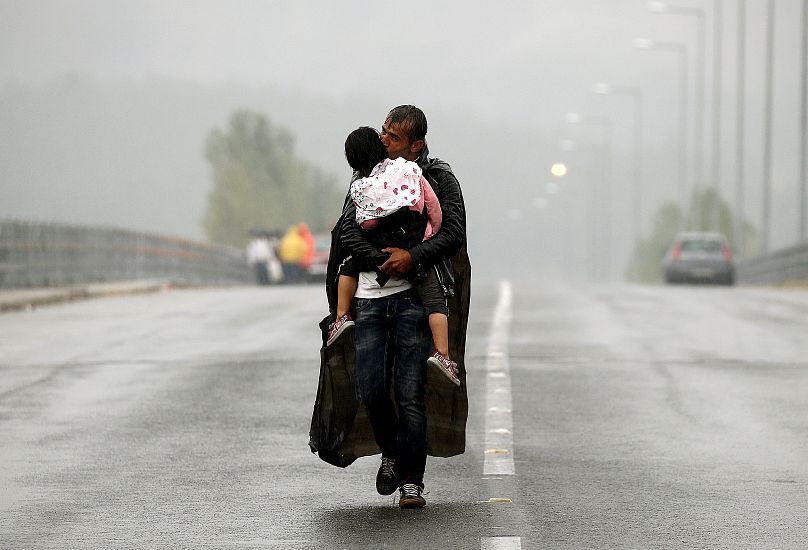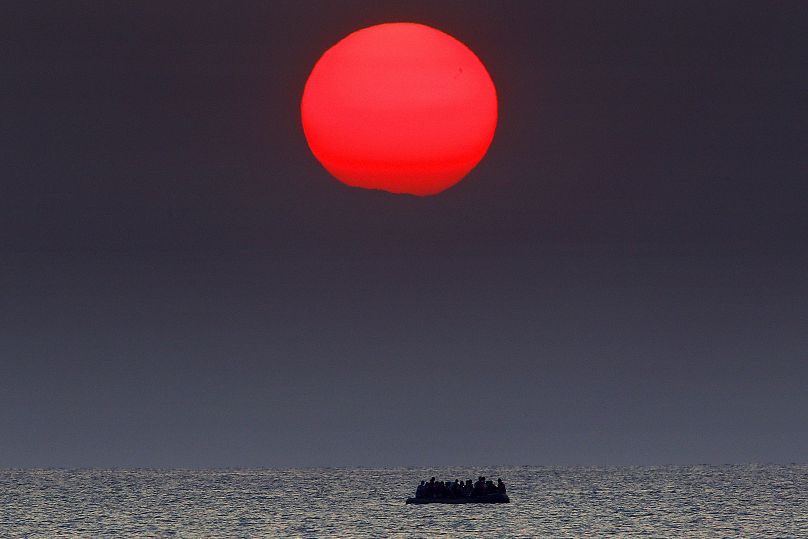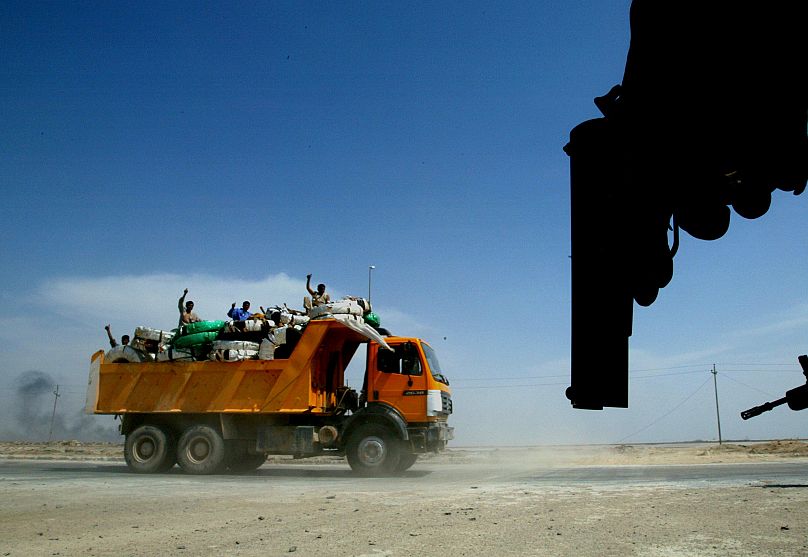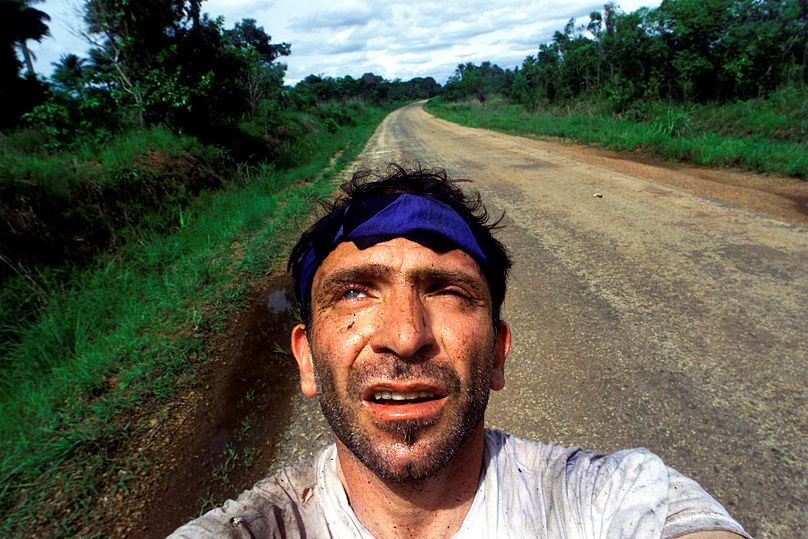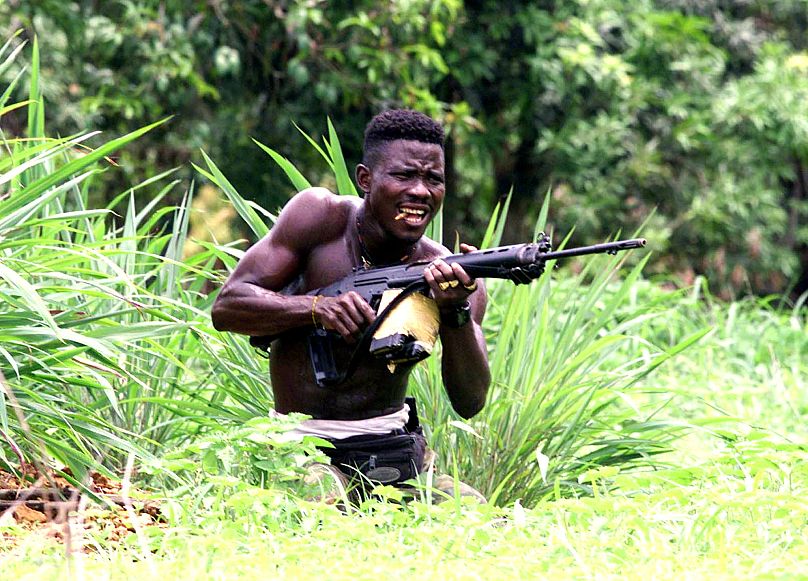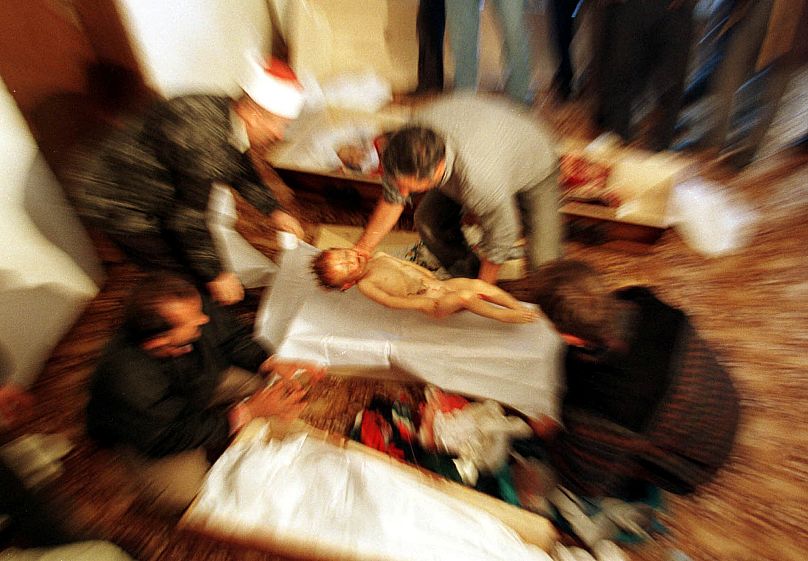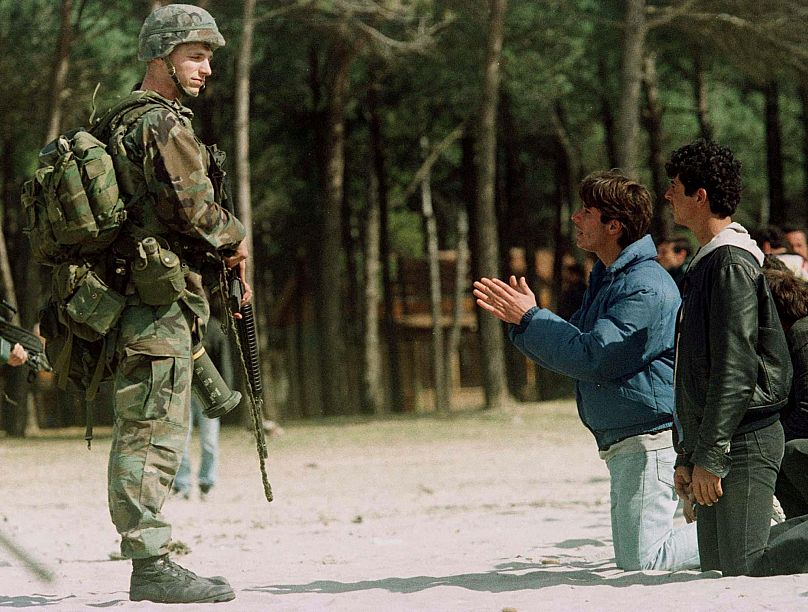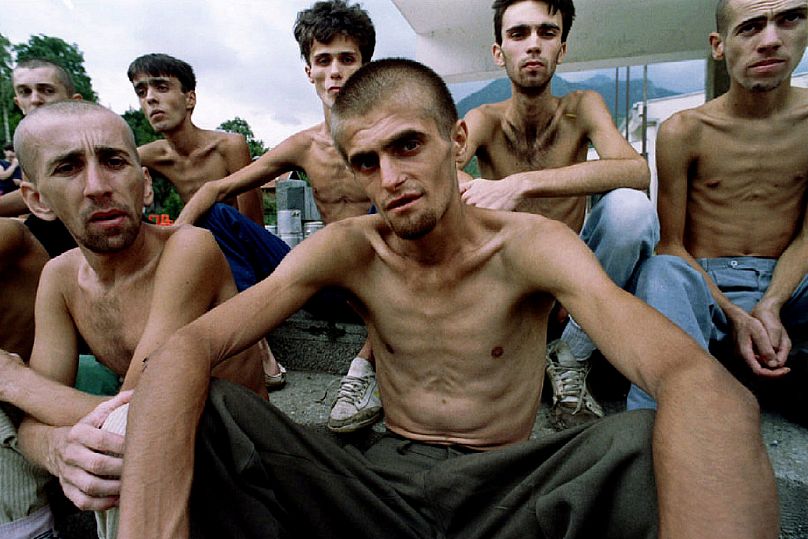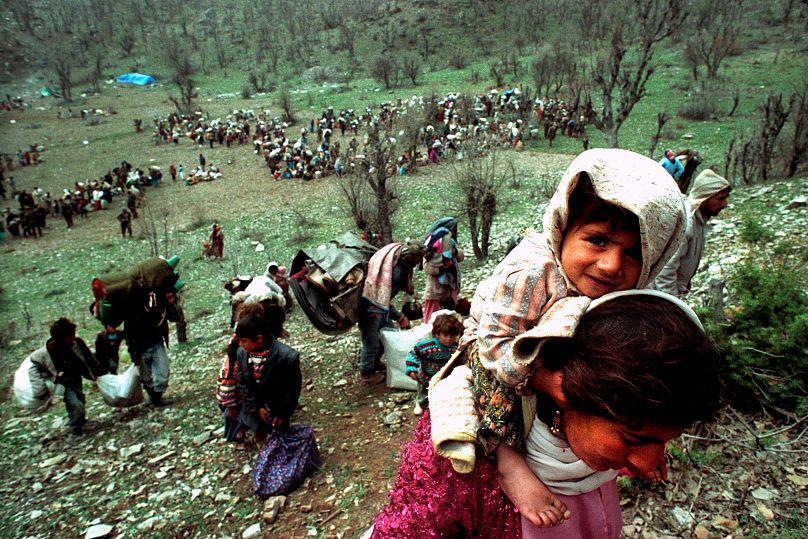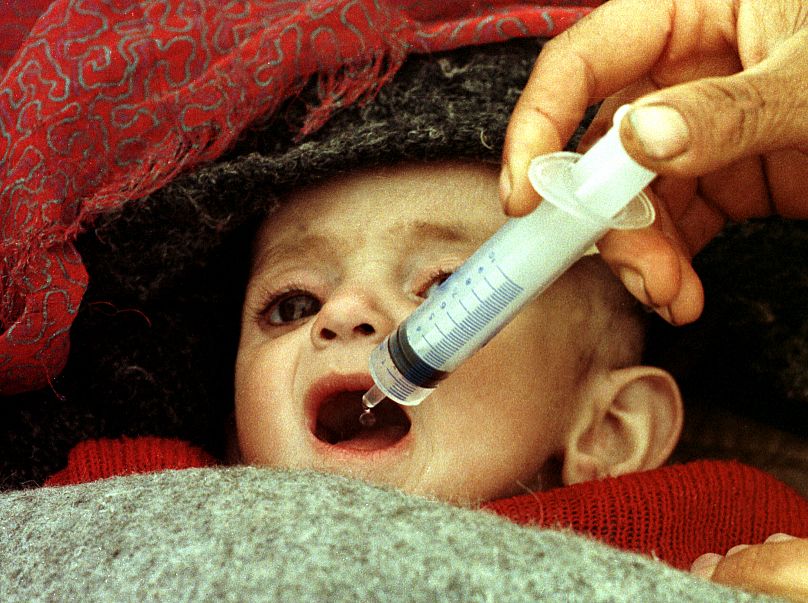The Reuters photojournalist covered some of the most dangerous events around the world. He died at 58 after a long battle with cancer.
Award-winning photojournalist Yannis Behratis whose pictures of the world's biggest events filled front pages for the past three decades died on Saturday at the age of 58 after a long-battle with cancer.
For the past thirty years, the Greek photographer had tirelessly covered some of the most troubling and dangerous events around the globe including the conflicts in Afghanistan and Chechnya, the devastating 2005 earthquake in Kashmir, the Egyptian uprising of 2011 and the migrant crisis across Europe, the Middle East and Africa.
"My mission is to make sure that nobody can say: "I didn't know"," he told a panel discussing his 2016 Pulitzer Prize-winning photo series on the European migrant crisis.
Dina Kyriakidou Contini, Reuters' US general news editor, paid tribute to her colleague, describing him as "one of the best news photographers of his generations."
"His pictures are iconic, some works of art in their own right. But it was his empathy that made him a great photojournalist," she added.
Behratis was named European News Photographer of the Year three times and also won a World Press Photo award. He is survived by his wife Elisavet, their daughter Rebecca and his son Dimitri.
Here are some of his most captivating pictures.
A Syrian refugee kisses his daughter as he walks through a rainstorm towards Greece's border with Macedonia, near the Greek village of Idomeni, September 10, 2015.
"This picture proves that there are superheroes after all," Behrakis said.
"He doesn't wear a red cape, but he has a black plastic cape made out of garbage bags. For me this represents the universal father and the unconditional love of father to daughter," he added.
A red sun is seen over a dinghy overcrowded with Syrian refugees drifting in the Aegean sea between Turkey and Greece after its motor broke down off the Greek island of Kos, August 11, 2015.
A British army officer has her handgun cocked as Iraqi civilians flee fighting in Basra, Iraq, April 6, 2003.
Yannis Behrakis takes a self portrait after surviving an ambush by Revolutionary United Front rebels in the jungle of Sierra Leone in which two of his colleagues Kurt Schork and Miguel Moreno were killed, May 2000.
A pro-government Sierra Leonean fighter bites a bullet as he takes position in no man's land 2 km ahead of Rogberi junction where evidence of executed UN troops were found after heavy fighting between government troops and RUF rebels 100 km north east of Freetown, Sierra Leone, May 23, 2000.
An ethnic Albanian man places the body of two-year-old Mozzlum Sylmetaj into a coffin next to the coffins of three other family members killed by Yugoslav army troops as they were crossing into Kosovo from Albania, October 23, 1998.
An Albanian boy begs a U.S. Marine guarding a helicopter on the beach at Golame, March 16, 1997. The boy was one of hundreds of Albanian civilians who rushed to the helicopters in a vain bid to escape the country. The Sea Stallion choppers had been sent to evacuate U.S., Italian and Turkish nationals.
Emaciated Muslim refugees, recently released from a Croat prison in Dretelj, wait for lunch in a grammar school in Jablanica, central Bosnia, September 10, 1993.
Kurdish refugees flee close to the Iraqi-Turkish border, April 20, 1992.
An infant is fed glucose via a syringe in medical tent in Isikveren refugee camp, April 16, 1991.












